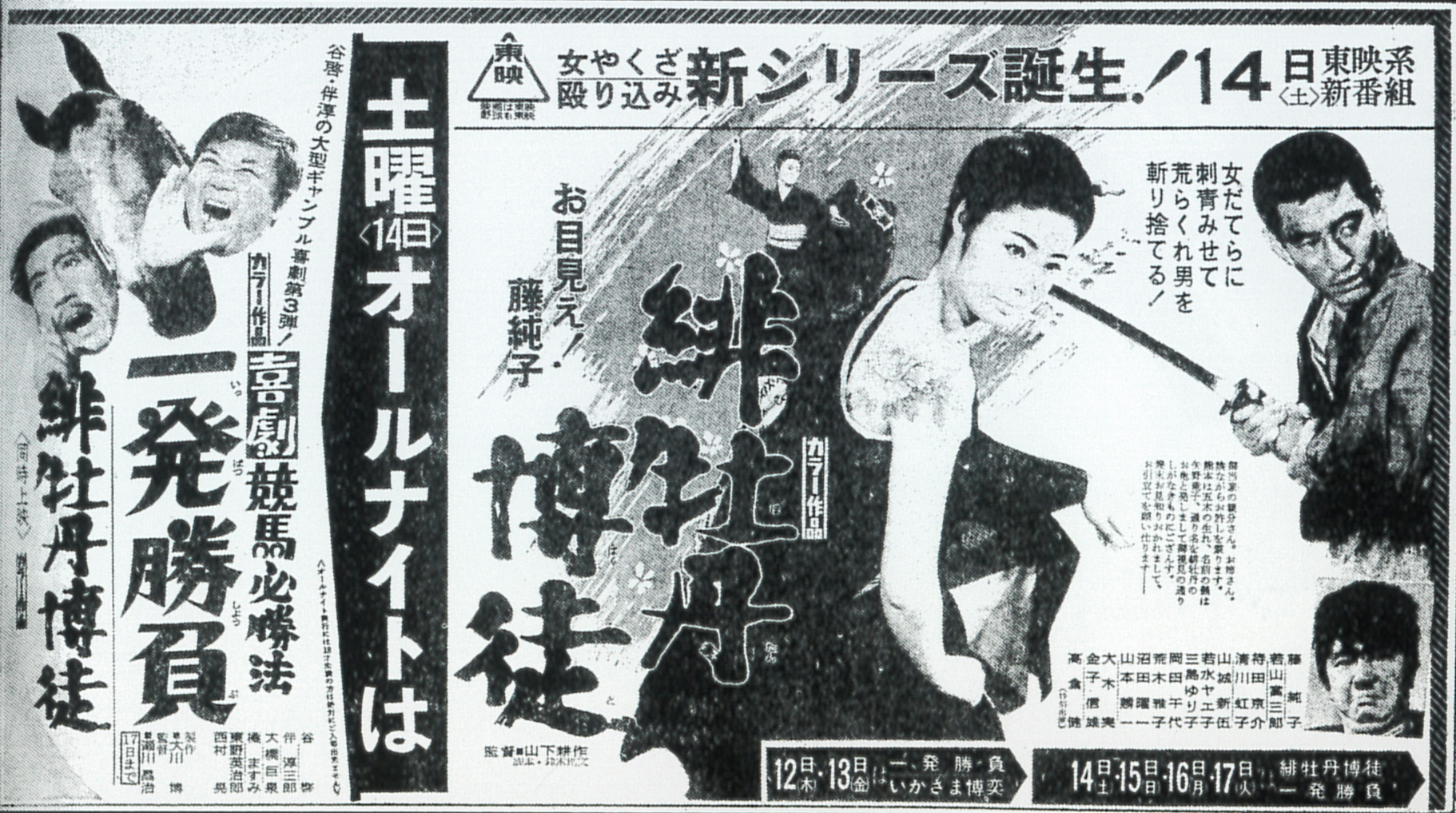
(scan from 権威なき権威 カントク野郎 鈴木則文, 2018)
A newspaper ad for Red Peony Gambler, which opened on Sept. 14, 1968.
There’s an interesting bit of info relating to the double bill system in the bottom. It shows Toei’s previous double feature The Fake Game (いかさま博奕 ) and Kigeki keiba hishôhô ippatsu shôbu (喜劇 競馬必勝法 一発勝負) would be playing playing until Sept. 13. After that The Fake Game would be dropped and Red Peony Gambler would enter and play with Ippatsu shôbu. So on Sept. 14, instead of having a brand new double feature, they only replaced one of the films with a new movie.
It also says Ippatsu shôbu would continue to be screened until Sept. 17. Looking jmdb, Wakayama’s Scoundrel Soldier (兵隊極道) is the only Toei release listed for Sept. 18, so I’m guessing it was then paired with Red Peony Gambler.
The rule of thumb is that there was a brand new double feature every two weeks, but there seem to have been times when this wasn’t the case. Looking at jmdb, it seems something odd was going on throughout Sept. 1968 since all Sept. releases are listed alone rather than in pairs (Jul and Oct. releases come in pairs as usual).
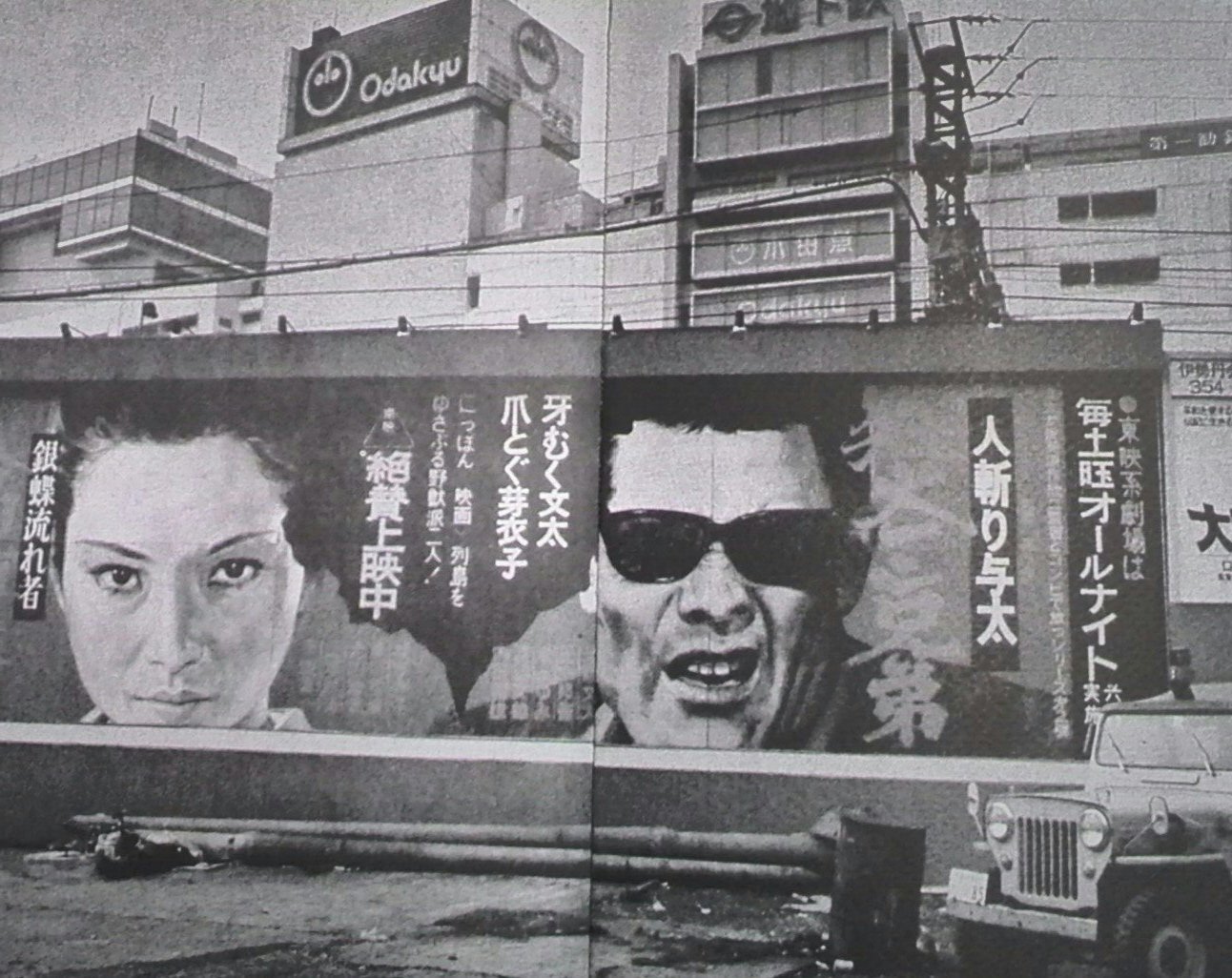
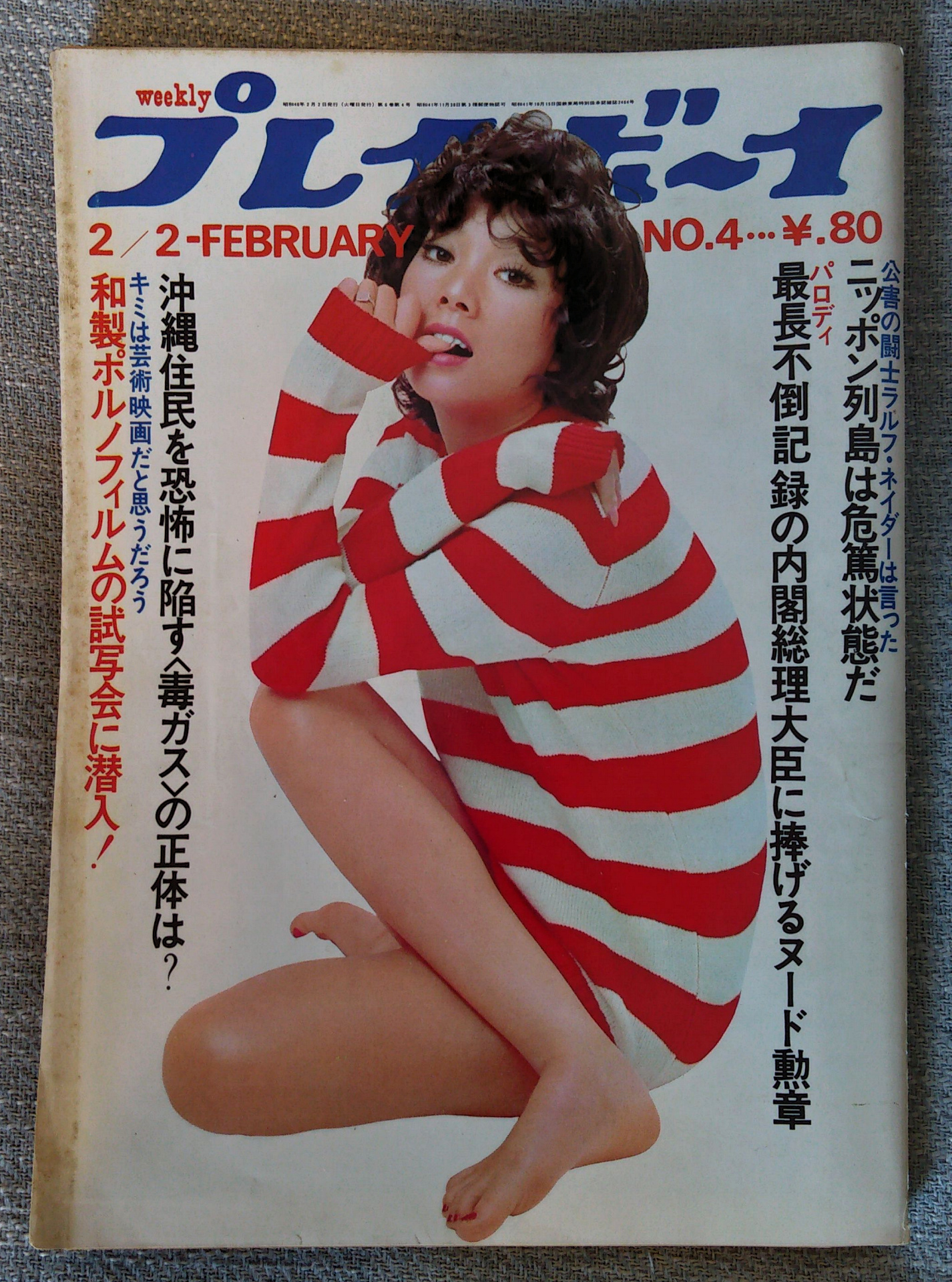
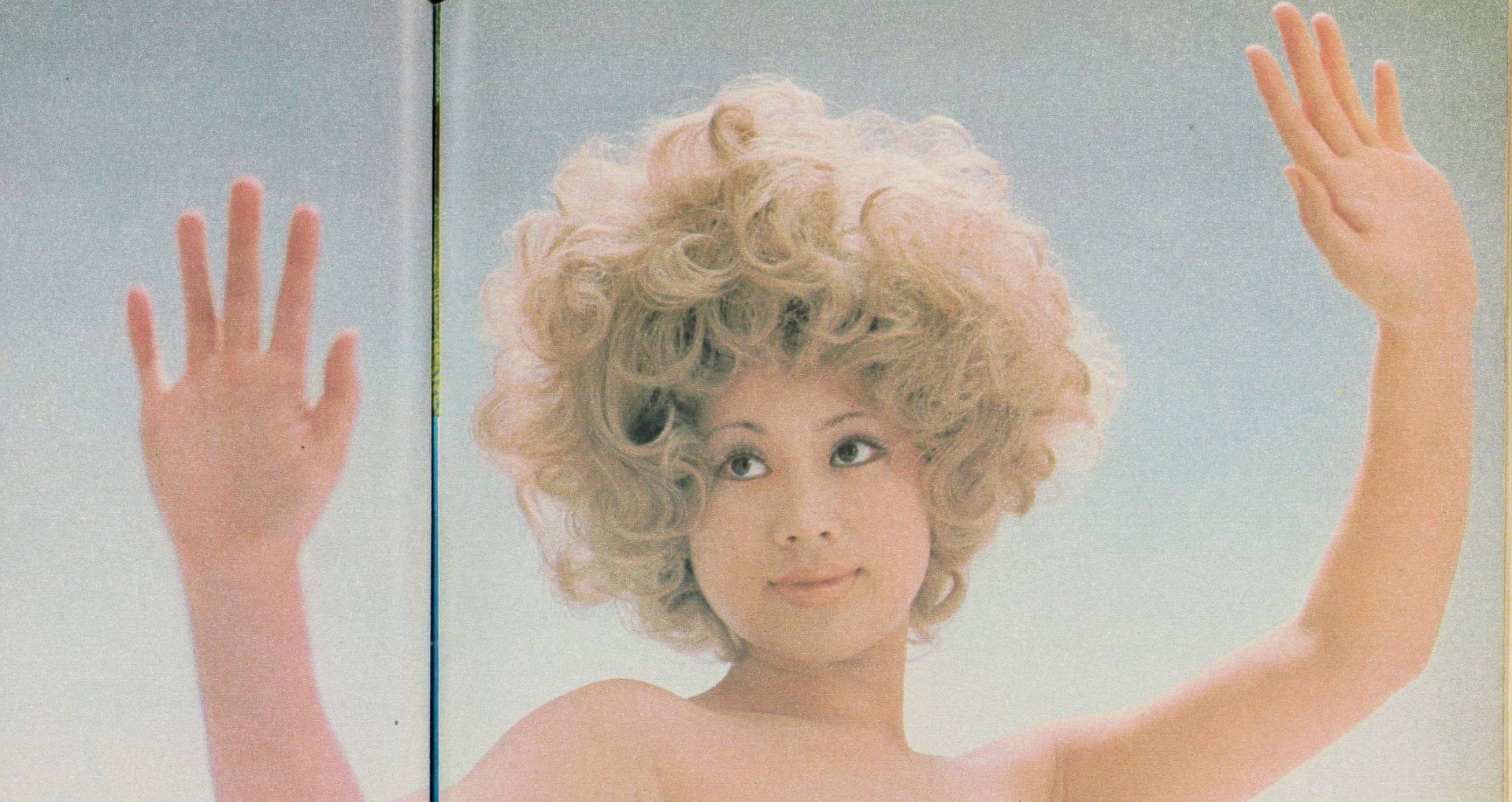

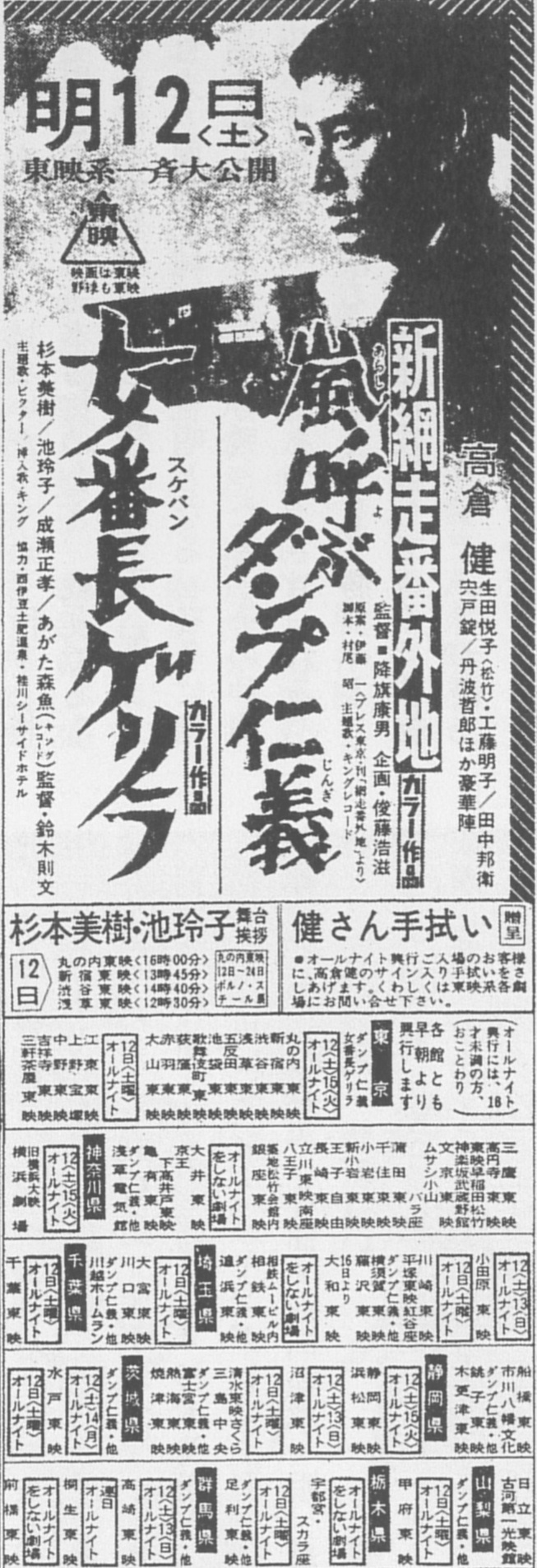
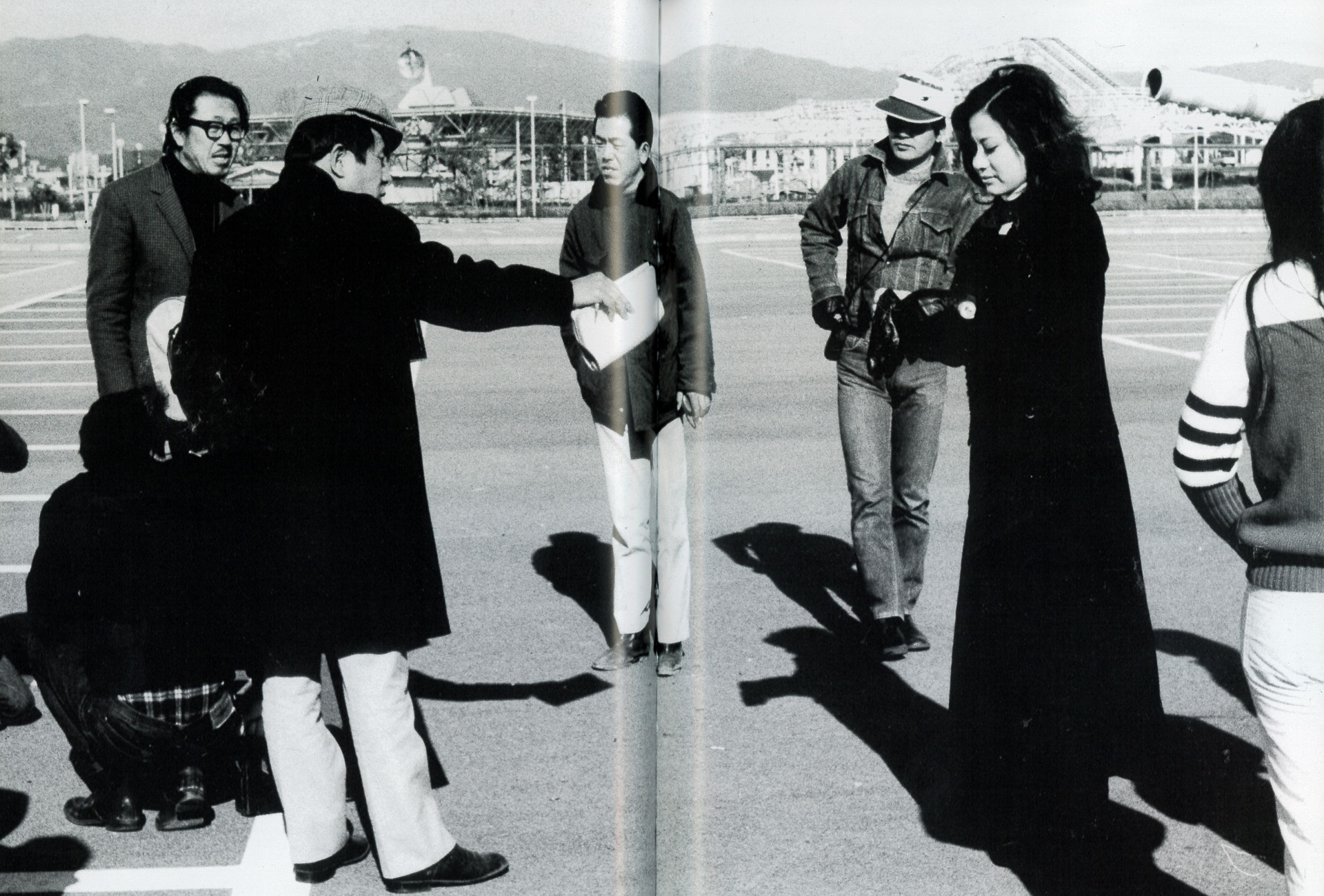

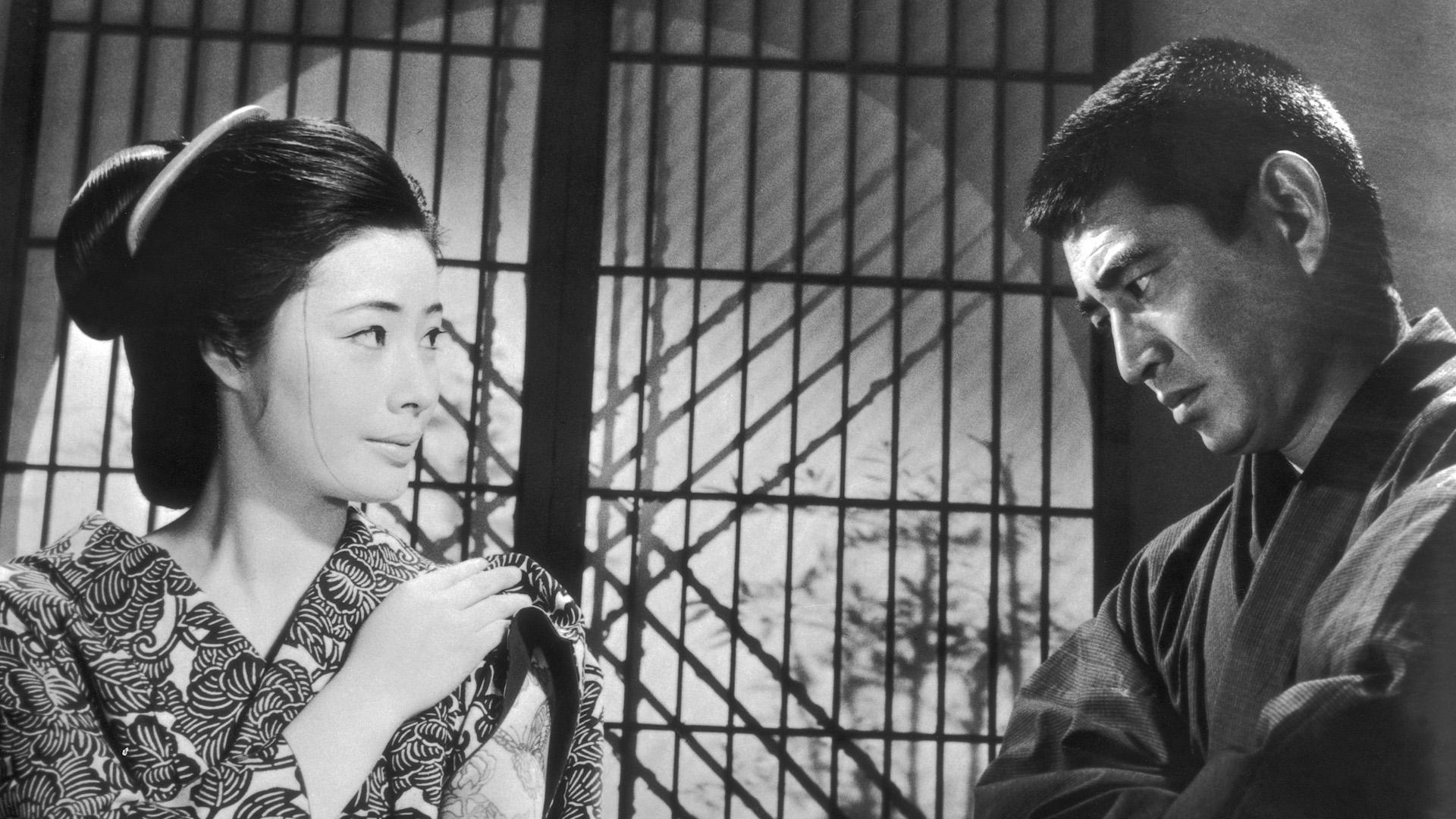
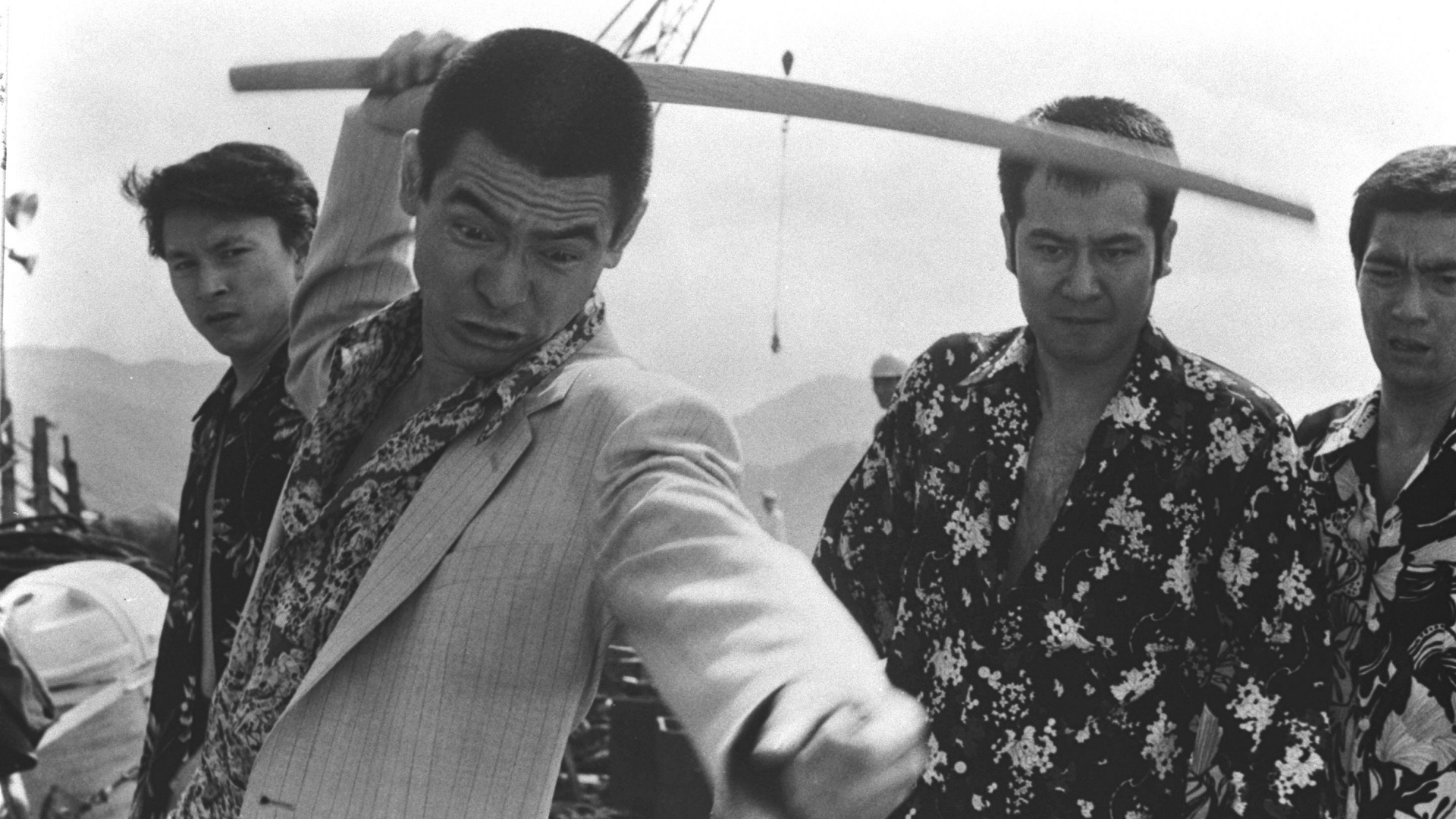
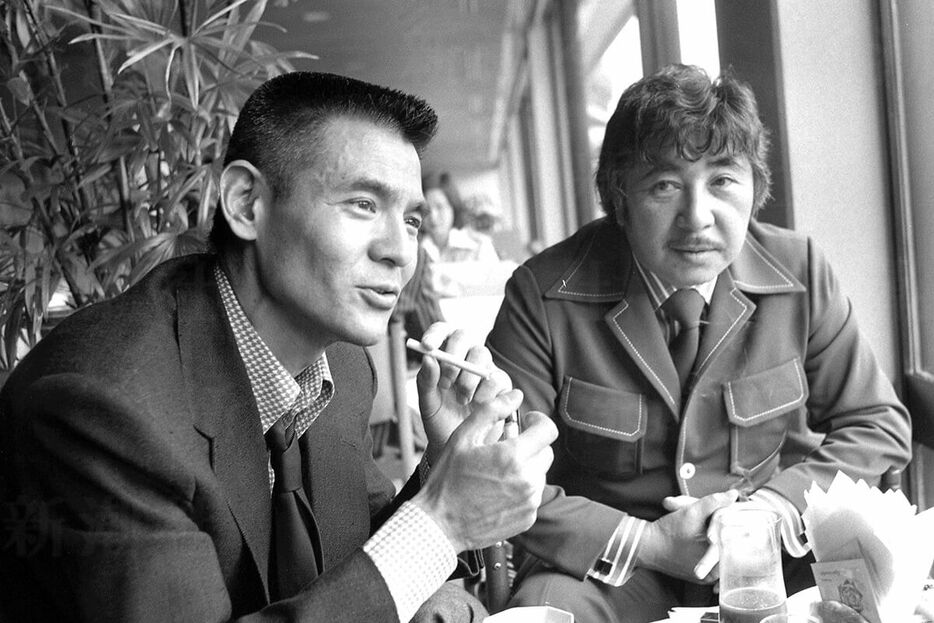
Leave a comment: